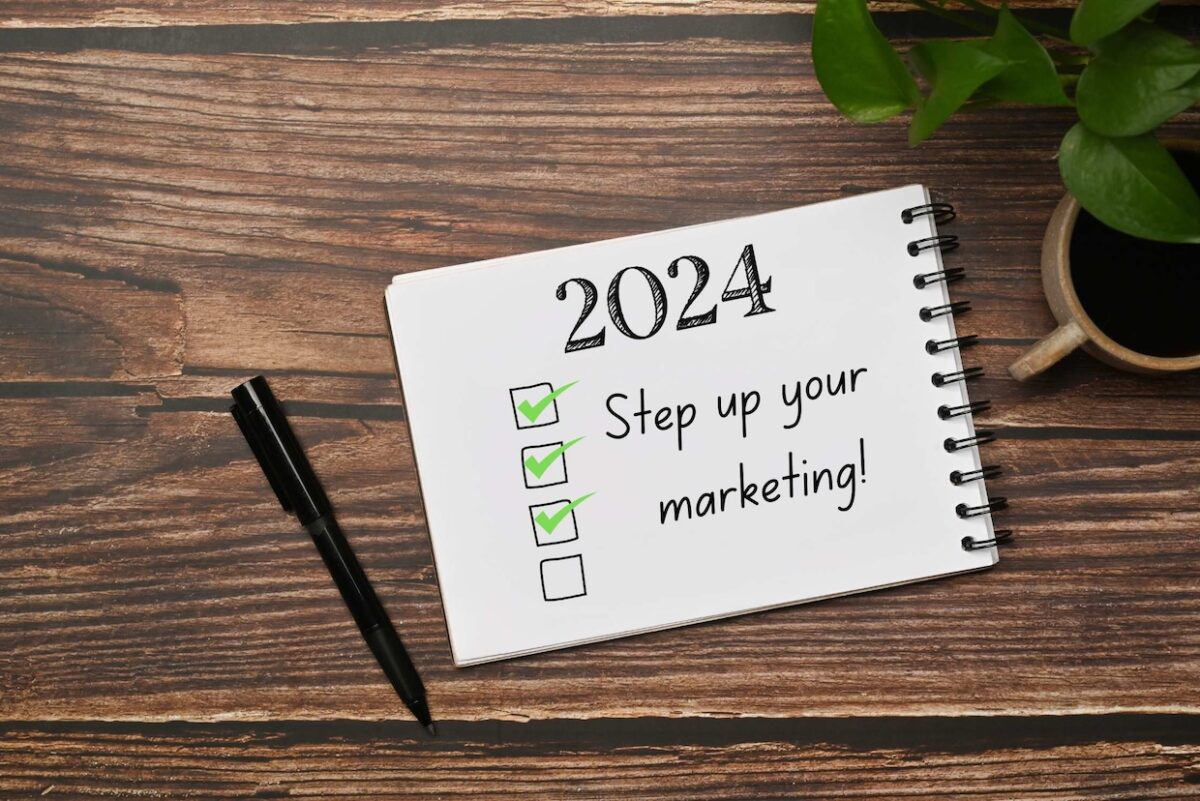What a rollercoaster year 2020 has been! Normal working practices have been turned on their heads as we’ve had to navigate lockdowns, working from home, travel restrictions and what seems like a different tier for every month. With events cancelled and face-to-face networking banned we’ve all moved online, finding refuge in Zoom, Google Meet, WhatsApp and Teams. We’ve cursed poor internet connections and interruptions from children and animals while craving the company of our friends and family.
At LimeGreen we’ve been fortunate when so many haven’t. As a virtual agency we’re ideally set up for remote working and so have been able to seamlessly support our clients, helping ensure their brand profiles and marketing messages continue to reach and engage with their audiences.
It’s not been without its challenges but, when we look back on the year, we realise that despite Covid chaos, we’ve helped our clients stay agile and adapt quickly. In fact, together with our clients, we think we’ve achieved some great things.
Pinnacle
Pinnacle helps law firms implement and optimise their critical business applications. At a time when their services have never been in more demand and they’ve been busier than ever, lockdown provided some real challenges. Global annual partner networking events were cancelled, IT implementations had to go live remotely, and their clients had to move swiftly to remote working – not a natural environment for a lawyer. Pinnacle rose to this challenge, for example, partnering with Briefing magazine to create Tiger Teams.
A Tiger Team is a group of people, each an expert in their field, who come together to solve difficult problems and identify others before they happen. The concept was made famous by NASA when their teams worked as one to bring Apollo 13 safely back to earth after a module malfunctioned during the mission. Briefing and Pinnacle took this to heart, creating a series of webinars and discussions addressing the biggest challenges law firms have faced during 2020. Pinnacle then extended this with their in-house Tiger Teams creating agile new products to improve law firms’ workflows and business development.
We’ve made use of Loom videos to create short demo videos for LinkedIn and Twitter. We’ve created virtual booths, animated PowerPoints and videos for online conferences. And we’ve created a password-protected resource centre so Pinnacle’s clients can remote-access firm-wide vital resources to support their application implementations.
Orchard House Partners
Orchard House Partners is a specialist leadership and team coaching practice that uses natural spaces, wildwood ecosystems and horses to accelerate leadership development. We designed, wrote and launched their stunning new website at the beginning of the year. And when lockdown kicked in soon afterwards, we worked with them to make sure their brand profile continued to grow online, despite them not being able to hold courses in person.
During lockdown, the Orchard House team ran online conversations with leaders from across the globe. Their latest programme, Leadership Labs, is an exciting and enlightening series of virtual, small-group experiments that help shared learning, rapid experimentations and fresh insights.
Talk Education
TalkEducation launched this Autumn. This brilliant new concept aims to demystify the British public school system and provide parents from around the globe with the tools they need to find the perfect school for their child. We were delighted to work with the Talk Education team to develop their brand identity and launch strategy. And we’ve been thrilled to see the impact they’ve already created in the marketplace.
Kate Humble
Courses at Humble by Nature, Kate Humble’s working farm in Monmouthshire, may have been put on hold during lockdown but nobody told the animals! Kate was kept busy and her latest series for Channel 5, Escape to the Farm, was filmed at Kate’s farm during the summer. You can find out all about the series on the websites we created for Kate, Humble by Nature and Kate Humble.
Firepits UK
Lockdown and summer sunshine (remember that?) meant we all wanted to make the most of our gardens for outdoor entertaining. Firepits UK was ready, with their range of Firepits and outdoor ovens. In February, we were delighted to project manage their rebrand, and write and launch their sparkling new website. We also helped get them going on email marketing and social media.
European Principal Group
Relevant to our turbulent times, European Principal Group (EPG) is a group of principals who each lead their own independent consultancy advising on geopolitical, government and public policy issues across the wider Europe area. Their insight, analysis and advice helps chief officers understand the complex political, legislative and economic issues that matter to their business. Our work for EPG is a perfect example of the power of Zoom as we worked with eight Principals across six countries and two time zones to create their brand and deliver what we’re proud to say is one of our favourite websites this year.
We also:
- Recorded a series of branded Zoom conversations examining Moot Hill’s approach to dispute resolution
- Designed, wrote and launched an AIM compliant website for Braveheart Investment Group
- Carried out social media training for the Exate Dental Group three practices
- Refreshed Optimum Vision Clinic’s website in advance of their practice refurbishment
- Created a showcase video for Veterinary Research Management to use at virtual conferences
- Helped SEBDA improve their digital presence
- Built online table reservation for the Hen and Chicken, Bristol
Looking forward to 2021, January’s going to be just as busy! We have several websites due to go live, an exciting webinar series to launch and a couple of marketing campaigns ready to go.
None of the above would have been possible without the amazing team that supports LimeGreen Marketing. Sarah R, Sarah L, Graham, Richard, Gareth, Ashley, Sam, Pete, Sophie, Lisa, Ben, Julia and Jo – to all of you, thank you.
Which just leaves me to say we wish you a very merry and peaceful Christmas and let’s hope 2021 brings not only vaccinations but the chance to meet in person again soon.
If you think your business would benefit from some marketing support in the new year we’d love to hear from you! You can contact us here or pick up the phone and call us on 01600 891525.
























